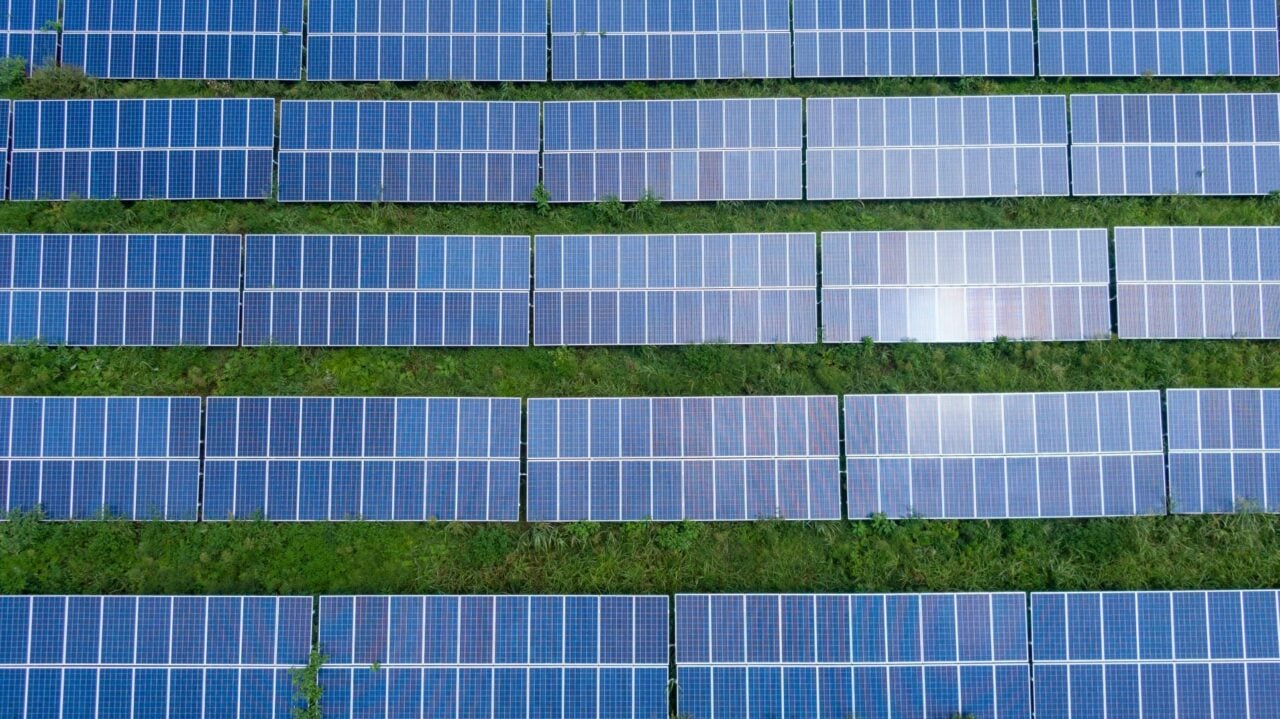
Solar off to slow start with 1.69TWh generated in Q1 2023, says EnAppSys. Image: Pexels.
In the first quarter of 2023, solar energy generated 1.69TWh – the lowest of any quarter since 2021, says EnAppSys.
Despte this, Great Britain (GB) returned to being a net importer of electricity in the first quarter of 2023 as renewable generation was the largest contributor to the power generation mix.
The data services company confirmed that UK saw high volumes of imports from France and Norway meaning that the UK once again became a net importer of electricity in the first quarter. This is after the UK was predominantly exporting during the third and fourth quarters of 2022.
Britain imported 7.25TWh of power from the continent during Q1 of this year, which accounted for 9.7% of the total generation mix.
“Following a period in which GB had been a net exporter of power during Q2, Q3 and Q4 of 2022, it returned to a position of being a net importer during Q1 2023,” said Paul Verrill, director of EnAppSys.
“Historically, it has been usual for GB to import more power through its interconnectors than it exports in any given quarter, but the extreme market conditions of 2022 resulted in a flip in GB’s position. However, in the latest quarter, power imports into GB were higher than in any quarter since Q3 2021, with the largest import volumes of 2.92GWh and 2.30GWh coming from France and Norway respectively.”
EnAppSys said that wind, biomass, solar and hydro energy – all forms of renewable generation – contributed 45.1% of total output for the first quarter. Gas-fired generation made up 35.5% followed by nuclear (12.4%), imports (9.7%) and coal (1.2%).
In the quarter, wind was the highest generator with 24TWh generated. This, coupled with mild weather throughout the first quarter, meant that conventional generation occupied a smaller share of the fuel mix than in any other Q1 on record, the report outlined.
Alongside this, other sources of renewable generation were relatively low with solar accounting for 1.69TWh, lower than in any first quarter since 2021, and nuclear output standing at 9.21TWh – dropping below 10TWh for the first time, EnAppSys said. Hydro generation, which stood at 1.84TWh, also equalled levels seen in the first quarter of 2022 and was marginally higher than in Q1 2021.
This data coincides with National Grid ESO’s (NGESO) which revealed that 47% of the UK’s electricity was generated by zero carbon sources in March 2023. The UK also achieved 213 consecutive hours of generation without coal in March, a promising increase from 73 consecutive hours in February 2023.
“With the generally mild weather keeping conventional generation in GB relatively low in Q1, levels of gas storage were high, both in GB and the rest of Europe. NBP gas prices declined across the quarter, dropping from £59/MWh at the beginning of January to £39/MWh by the end of March,” Verrill added.
“The average gas price over the quarter was £46/MWh, the lowest for any quarter since Q2 2022 – which itself had been notably low given the prevailing market conditions reflecting intervals of excess gas supply during periods of low electricity demand and high wind.”
This story first appeared in Solar Power Portal's sister publication Current±.

